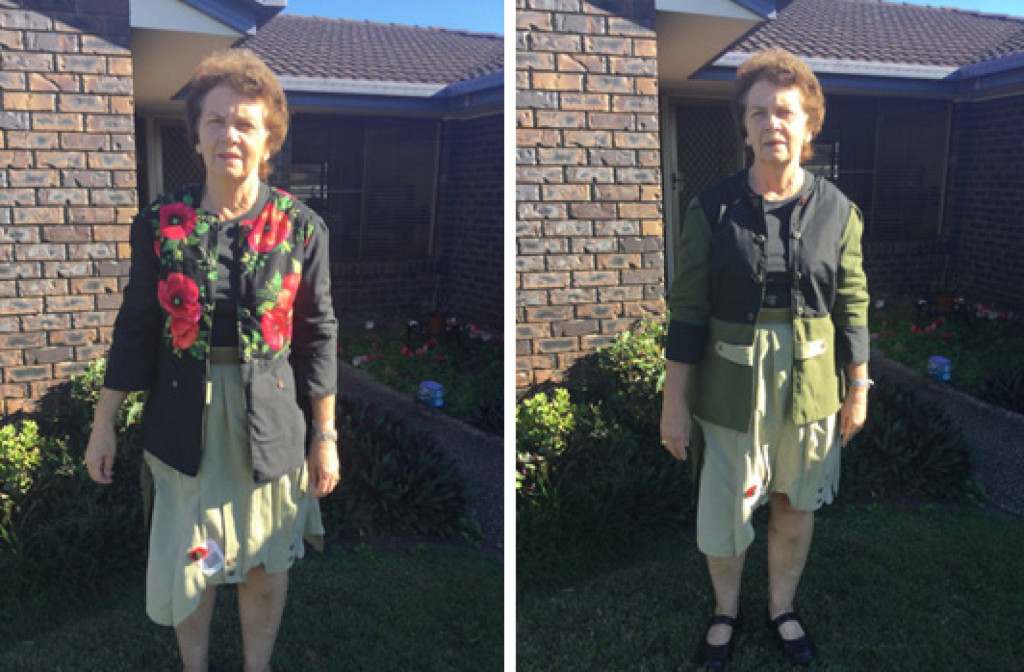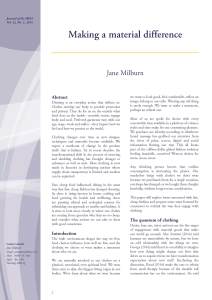Australians buy an average of 27 kilograms worth of new clothing and textiles each year, two-thirds of which are made from manmade fibres derived from petroleum according to sustainability consultant Jane Milburn.
Ms Milburn said Australians are the second-largest consumers* of new textiles after north Americans who annually buy 37kg each, and ahead of Western Europeans at 22kg while consumption in Africa, the Middle East and India averages just 5 kg per person.
“There’s been a transformational shift in the way we source, use and discard our clothing which has major social and environmental implications. Fast fashion produced from global supply chains is driving excessive purchasing of affordable new clothing often discarded after a few wears,” she said.


